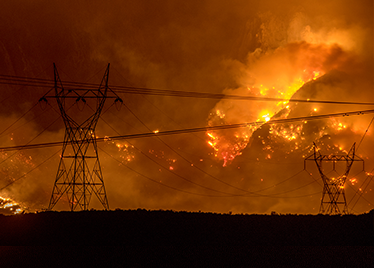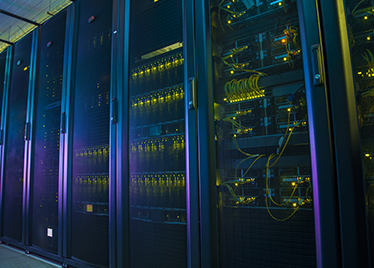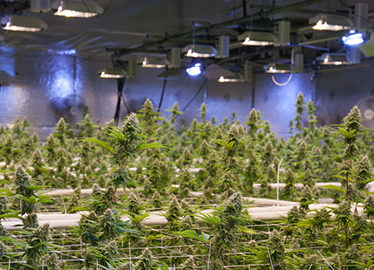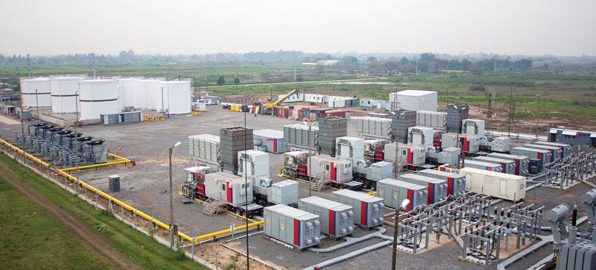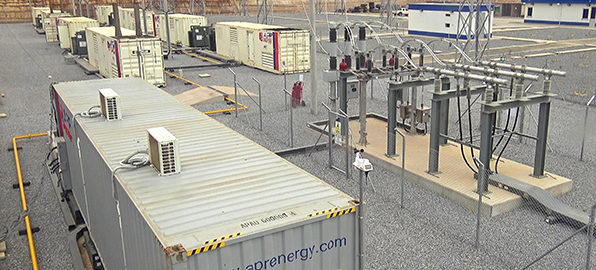For a few days in October last year, Northern California sat in the dark. California’s largest utility shut off power to more than 2 million people in portions of 17 counties across the San Francisco Bay area in a deliberate attempt to prevent transmission lines from sparking wildfires during autumn’s windy and dry weather.
In rural Humboldt County, the power outages emptied grocery store shelves. ATMs were without cash and cars waited on line for 45 minutes to get gas. Not too far away on a 100-acre reservation, the Blue Lake Hotel and Casino< was booked to capacity. Not only did the lights remain on, but its operator, the Blue Lake Rancheria tribe, was able to use its conference room to provide area residents with essential services, such as food, water and communications, as well as a place to entertain themselves and their kids.
Jason Ramos, a member of the Blue Lake Rancheria council, said the tribe “looked like geniuses” for constructing a microgrid in advance some three years ago to keep the reservation operating like it did when the larger regional grid shut down last year. With planned power outages predicted to continue throughout California for the next decade, many communities like Blue Lake Rancheria are considering microgrids to help keep the lights on during a crisis.
What are Microgrids?
Microgrids are locally controlled power systems that can “island-off” from the traditional electrical grid during emergencies to operate autonomously, said Chuck Ferry, CEO at APR Energy, a global provider of fast-track power solutions.
Most of the time, microgrids remain connected to the energy grid to ensure power supply meets with demand. Supported by generators that run on conventional fuels or renewable energy stored in batteries, microgrids can power a home or business, neighborhood or entire city.
Because microgrids can be scaled depending on need, Ferry said they can strengthen an energy network’s resilience, mitigate disturbances and serve as a resource for faster system response and recovery. When the South Australia grid needed increased generation capacity in 2017, Ferry said APR Energy installed nine of the company’s TM2500 mobile gas turbines to provide supplemental power in time for the soaring summer temperatures that had provoked load-shedding blackouts the previous year.
“Localized power is gaining momentum,” he said. “Natural disasters including hurricanes and storms on the East Coast and now wildfires on the West Coast are pushing states to enact some type of distributed energy system to provide higher levels of resiliency while many developing nations are turning to microgrid technology to support socio-economic growth in remote communities.”
Distributed Energy on Way
About 100 microgrids that incorporate electricity supply to two or more buildings have been installed in California, the majority at large universities as well as at medical centers and in public safety operations. Since the power shut-offs began last year, some utilities have teamed with the communities they serve to evaluate an investment in microgrids.
Pacific Gas & Electric began experimenting with microgrids at some venues on a very small scale during the outages last year. The intent was to allow sections of a community to continue using electricity even though areas around them could not. The utility hopes to broaden that strategy by installing microgrids near 20 substations by September of this year, or just before the start of wildfire season.
“Power outages or wildfires do not have to become a way of life for millions of Californians every summer and fall when we know that distributed energy generation can play an important role in maintaining a safe reliable and affordable flow of electricity moving throughout a community,” said Ferry. “Everyone depends on power to live and work; some for the critical services that may help to keep them alive. The onus is on us to keep the lights on and eliminate any unnecessary hardship.”
Have public safety power shutoffs weakened your ability to provide essential services to the community? When a utility is continually forced to shut down power lines to avoid sparking a wildfire, APR Energy has the power to implement distributed generation enabled microgrid systems to keep a safe, affordable and reliable supply of electricity flowing. https://site-aprenergy-live-1586248804-zpmtxap3upcbxhsf7ew.local

